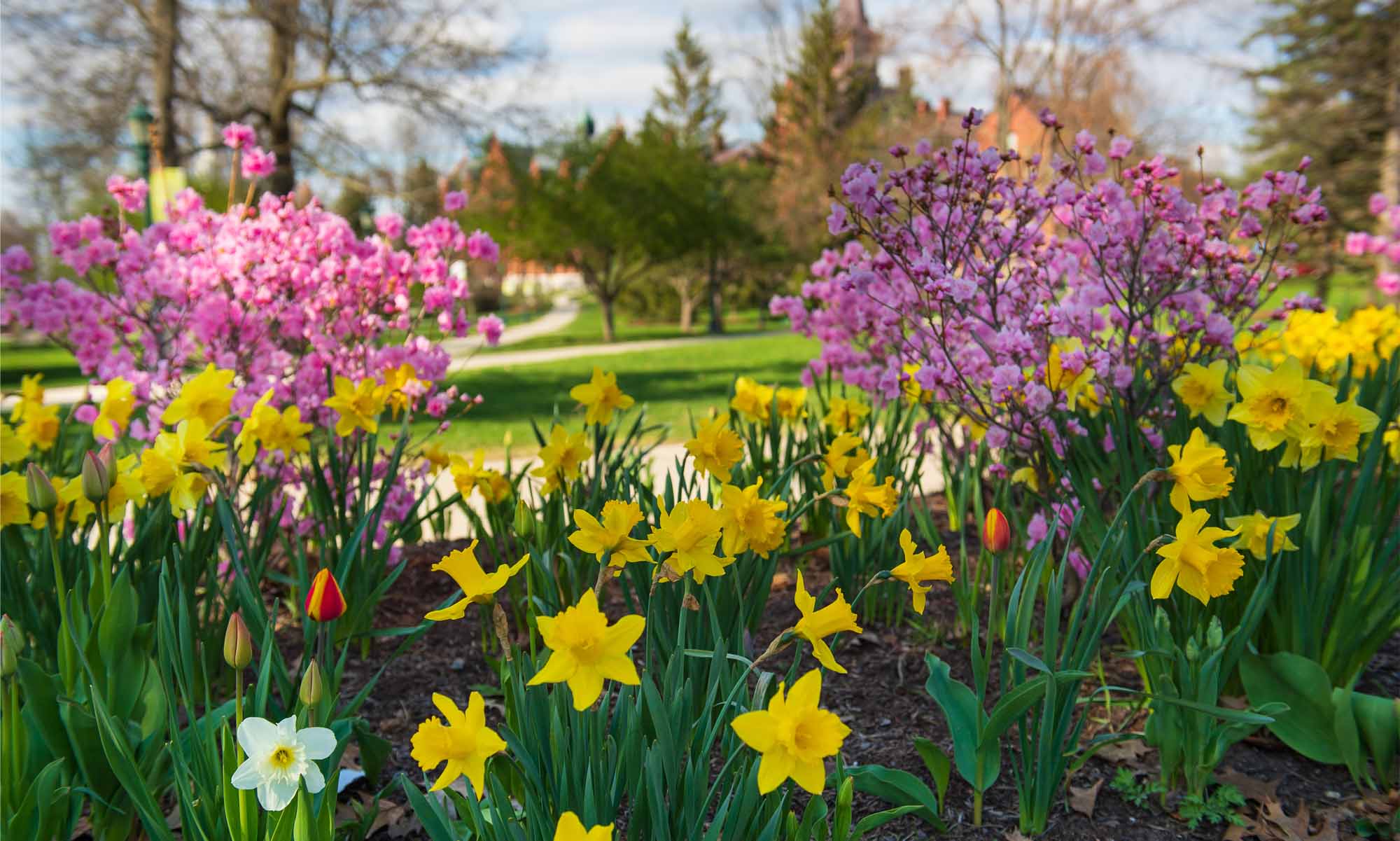
We have recently witnessed how a human epidemic like COVID-19 can impact animal protein supply chains. A highly contagious disease of food animals themselves could result in even more disruption of those supply chains. An example of such a disease is foot-and-mouth disease (FMD). An outbreak of FMD would directly impact all farmers with cattle, pigs, and small ruminants and indirectly affect all related segments of agriculture. Continue reading “Smith Projects Aim to Secure the Animal-Based Food Supply in New England”




